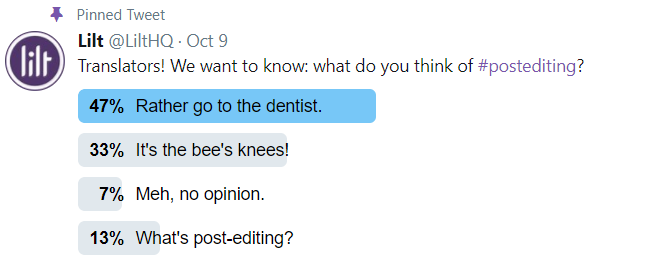Context in Localization: Recapping NVIDIA's 'The AI Podcast'

These days, most people in the world are familiar with Google Translate. Many have used the platform or a similar piece of language translation technology. And there’s no surprise as to why - just 15 years ago, simple tasks like reading restaurant menus while traveling required a phrase book. But now you can use an app on your cell phone to accomplish the same task with incredible computing power.
What hasn’t changed, however, is the large-scale execution of the same task. Organizations are constantly asking themselves how to efficiently and effectively publish content in other languages. Traditional methods are very manual and require large amounts of capital, but it’s clear that this workflow is undergoing a transformation before our very eyes.
In the most recent episode of NVIDIA’s “The AI Podcast”, host Noah Kravitz speaks with Lilt’s CEO Spence Green about that exact transformation through the power of machine translation and AI.
To start, Kravitz poses one question that’s top of mind for many outside of the localization industry: why can consumers use apps on their phones to translate strings of text but companies, universities, and other larger organizations face an expensive process?
Spence’s response is simple: reputation. When a company’s reputation is on the line, quality and accuracy are paramount. That’s why they often sink more resources into guaranteeing that those two critical aspects are completed at the highest level. But often, the only way to get a quality guarantee is to have a human in the process to oversee the outcome, which can slow things down and make things more expensive.
"The language that's used [in a translation] is influenced by the world context in which the language is used. And that's the part that's very difficult to operationalize in a machine learning system," Spence said. "That's knowledge that you can really only get from people right now."
That begs the question: how do you make that process more efficient?
Interactive machine translation was introduced to the world in the late 1960s. These days, we call it human-in-the-loop machine translation, where humans are involved throughout the translation process to ensure high quality and accurate translations.
For example, in Lilt’s human-in-the-loop translation process, companies send text (webpages, strings for software, product manuals, etc.) that are then routed to translators using a CAT tool. However, instead of translating every word, translators are augmented by a machine translation engine. In some cases, the output of the MT can be used up to 75% of the time.
But where human-in-the-loop really shines is when dealing with context. One of the big challenges when solving problems in natural language processing is with regard to context, Kravitz mentions. And localization is no different - after all, if you want to run a marketing campaign in one cultural region, those same messages may not work in other locales.
"Oftentimes, a machine translation system can produce a correct translation. But what the customers are paying for is a preferred translation. Does it sound like our company? Is it going to create the right impression in our buyer's mind?
That preferred translation is extremely important, and while a machine translation engine may be able to translate the text one to one, it may not be able to pick up on the surrounding context. After all, organizations control most of the world’s information - but it cannot be unlocked and consumed by most of the world’s population due to language barriers.
One thing is becoming clearer and clearer as companies translate more text: the market is going through a transition. While it’s possible to translate text only using human translators, the industry is moving towards technology to help share the world’s information in every language.
• • •
If you’re thinking about localizing your content to expand globally, be sure to request a live demo of the Lilt platform today and chat with an expert to see how adaptive machine translation can improve your efforts.


